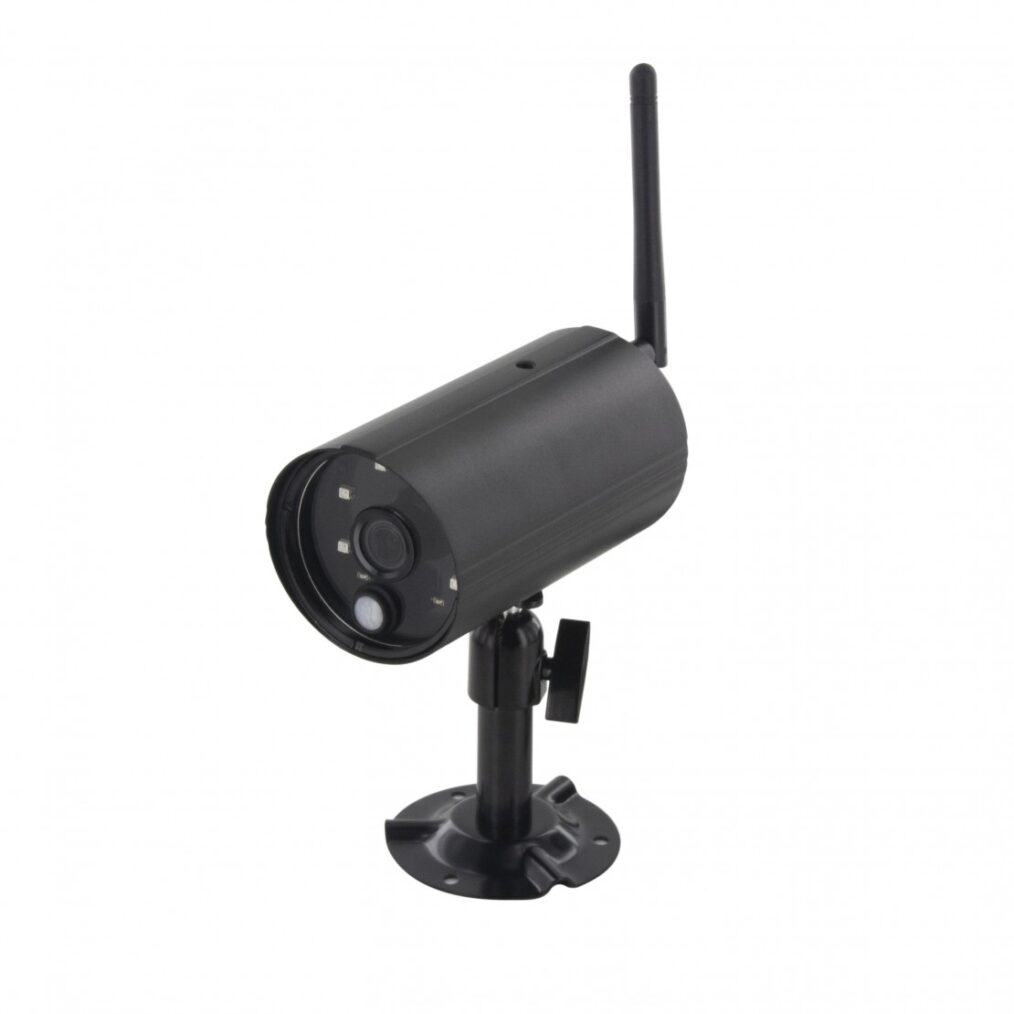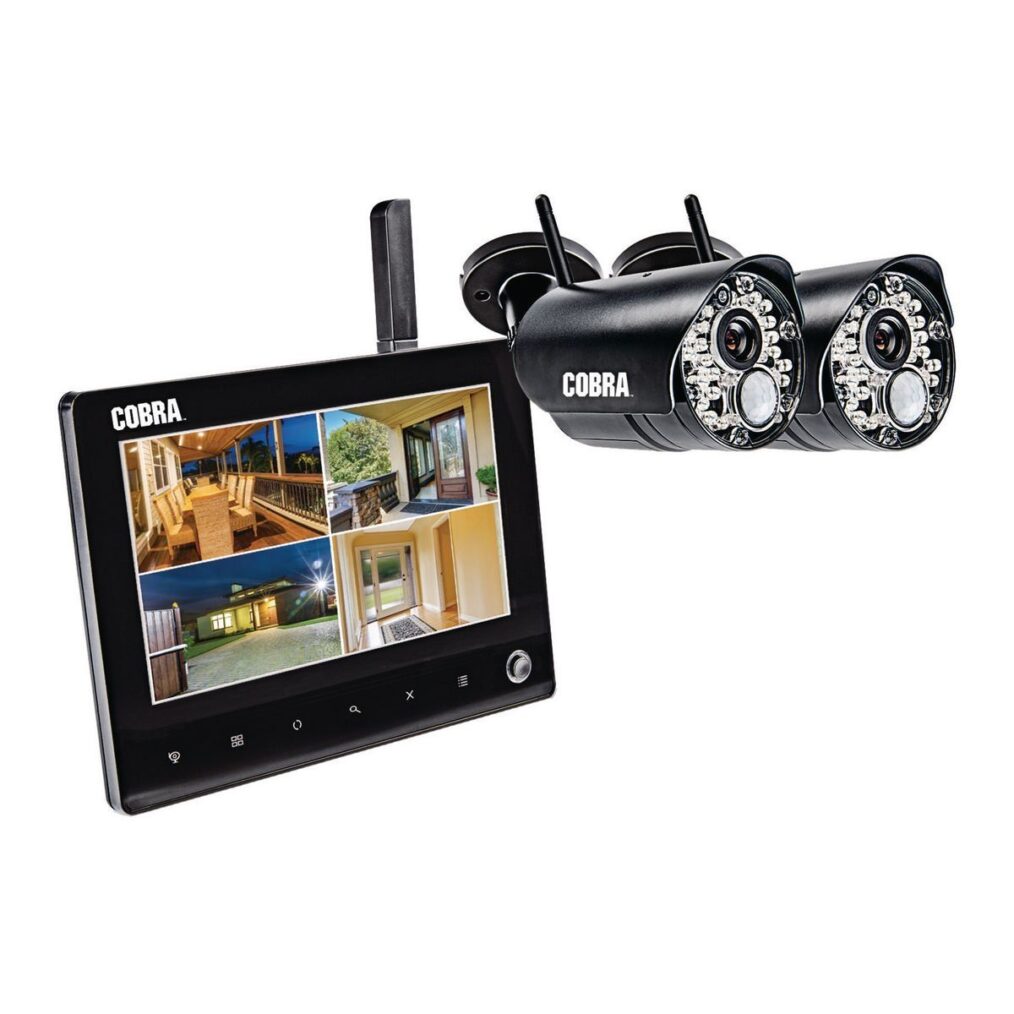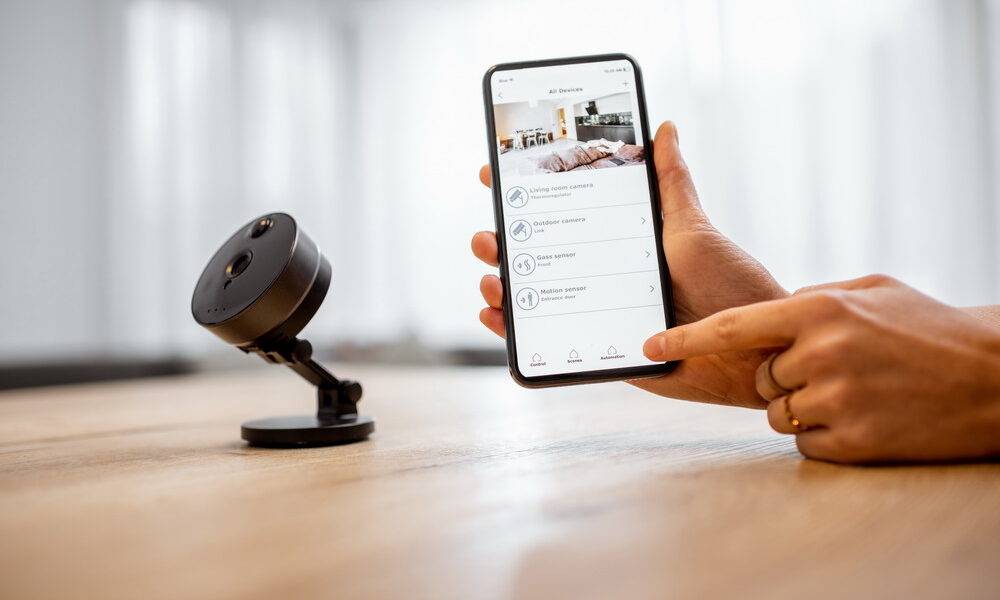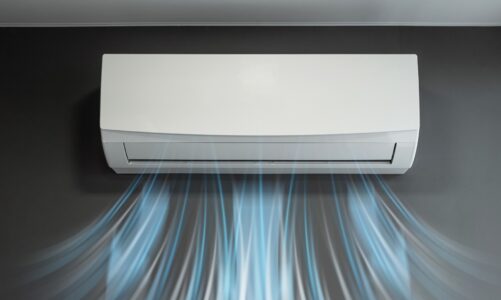The home security industry has undergone a lot of changes over the last several decades. However, if there is one thing we could point to as having the most profound effect on home security, it would have to be the introduction of the wireless security camera.
Back in the days before wireless, security cameras were connected directly to a home’s electrical panel. They communicated with remote monitoring stations via landline telephone. They were expensive, required expertise to install, and were limited in terms of data storage. All of that has since changed.
If you have already installed wireless security cameras in your home, you know what fantastic tools they are. If not, you are missing out on what could arguably be the greatest innovation in home security. To drive home that point, here are three ways the wireless camera has changed home security:
1. Access to All
First and foremost, the wireless camera has simplified home security installation. Gone are the days when you either had to install a security system during the construction phase or settle for cutting into walls and running new wires. What used to be a process that could take days can now be completed in under an hour.
Why is this important? Because it has increased accessibility to home security systems. Imagine you owned a home without a security system. Installing one 30 years ago was quite a financial proposition. There was so much work involved that only the wealthy could afford to be safe. That is no longer the case.
You can now get an entry-level home security system with one or two cameras for a few hundred dollars. A mid-range system will run you between $500 and $1000. Whatever you decide on, you can always add more cameras as your budget allows. Wireless cameras are more affordable because installation is so much simpler.
Different Types of Cameras
Wireless technology has also made it simpler to come up with different types of cameras for different needs. In a post targeting Illinois home security customers, Vivint listed three types of security cameras people are buying these days:
- Doorbell Cameras – Among the most popular are doorbell cameras. These are cameras paired with traditional doorbells to provide real-time video feeds and two-way communication at the front door. Consumers love them.
- Outdoor Cameras – As the name implies, these are security cameras mounted on the exterior of the home. They are weatherproof and robust enough to withstand the elements.
- Indoor Cameras – Indoor cameras come in all shapes and sizes. From standard camera setups to stealth cameras hidden in everyday objects, indoor cameras increase accessibility and give consumers more options for keeping an eye on things when they are away.
2. Real-Time Video Feeds

Next up, wireless security cameras give homeowners access to real-time video feeds even if they choose not to purchase a monitoring package. That was not the case thirty years ago. Back then, real-time video was limited. If you wanted it, you had to go through a security company that offered remote monitoring packages at an extra cost.
If you did not want to pay for remote monitoring, you could connect your video cameras to a VCR that recorded camera-generated images. Those images were helpful in the aftermath of a security event, but they didn’t really help in the moment. With the introduction of wireless cameras though, things instantly changed.
The previously mentioned video doorbell is a great example. With one of these gadgets installed, you can look at the view outside your home anytime you want. Just bring up your smartphone, navigate to your security app, and tap on the doorbell.
You can even program your system to send you push notifications in the event that one of your cameras is triggered. In such a case, you could instantly check video feeds to find out exactly what is going on. And again, all of this can be done without paying for 24/7 monitoring.
Watch Anything, Any Time
The value of real-time video feeds goes above and beyond just preventing burglary. Real-time video feeds let you watch anything in your home at any time. For example, keep an eye on the kids to make sure they are doing their homework after school. Check in on your dog if you suspect he is the one dumping over the trash can.
Real-time video feeds let you keep an eye on contractors you have hired to do work in your home. You can watch the babysitter, too. The possibilities are endless.
3. Complete Portability

Finally, wireless security cameras have bought complete portability to the home security environment. Think of portability in two ways, beginning with the fact that you can move cameras around your house as you see fit. This is helpful to homeowners who have a limited budget but still want to maximize coverage for certain situations.
Maybe you normally have an internal camera providing a view of the family room so that you can check on your kids while you are at work. You can move that camera to provide a clear view of the master bedroom doorway while you are on vacation. Why would you want to do that? Because the master bedroom is one of the first places burglars go when they break into homes.
You can also think of portability in terms of moving. In the old days, a hard-wired security system was more or less permanent. Once you installed one, it stayed with the house forever. Imagine putting a ton of money into a top-of-the-line system only to have to leave it behind when you move. Wireless makes that a thing of the past.
Of all the changes the home security industry has seen over the years, none have been more profound than the introduction of wireless video cameras. With wireless video you get wider access, more options, built-in portability, and more. It’s no wonder so many people have embraced wireless cameras for their own homes.




